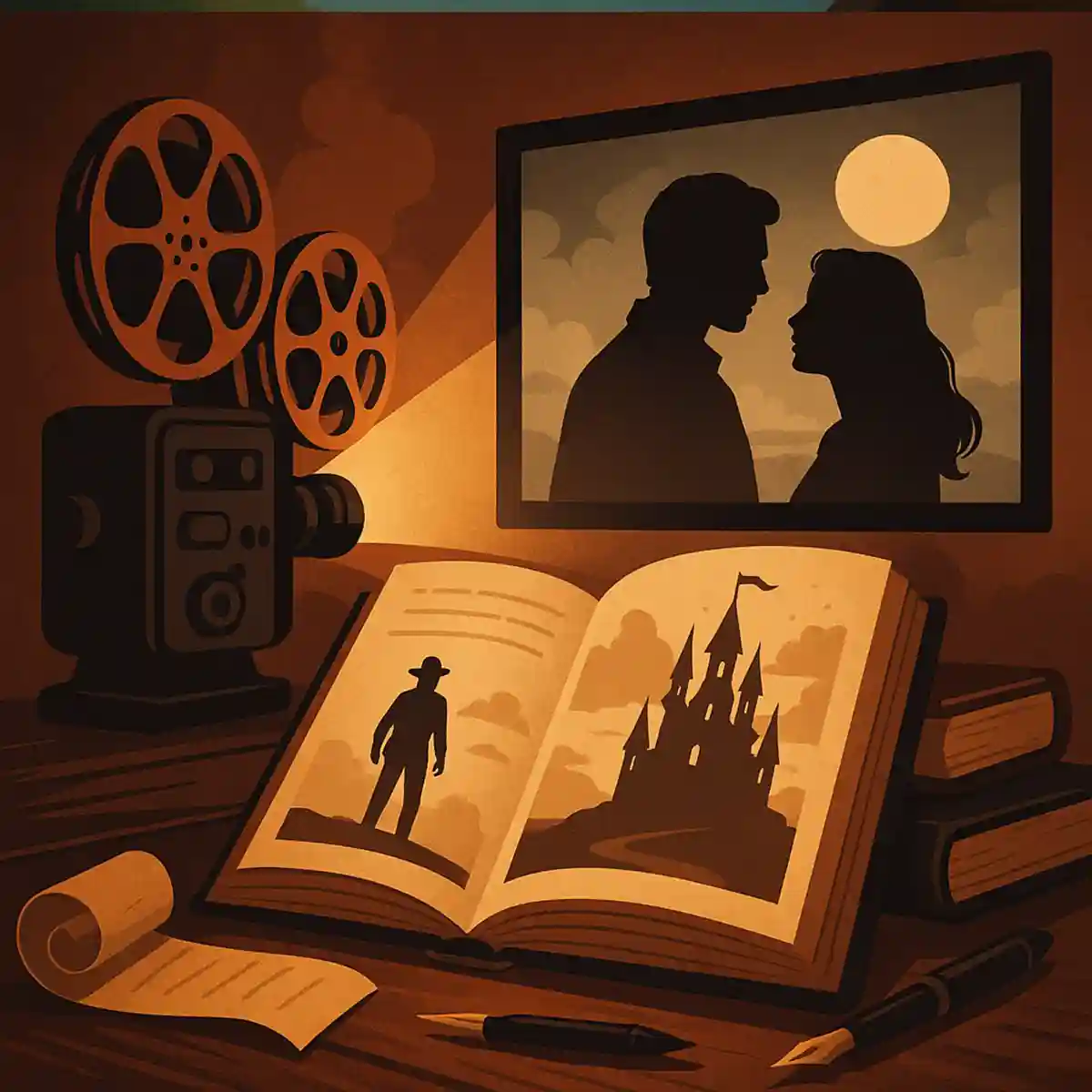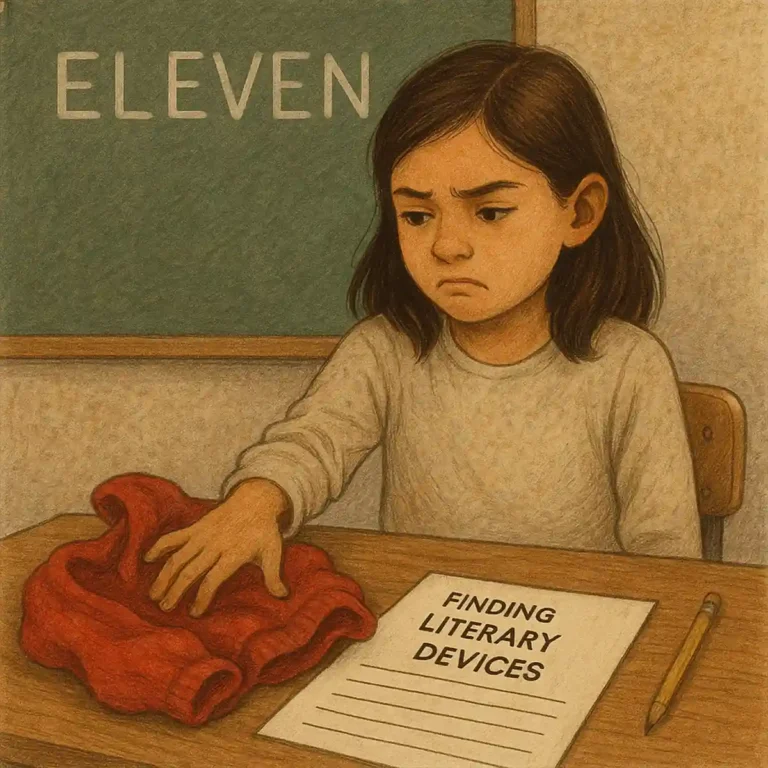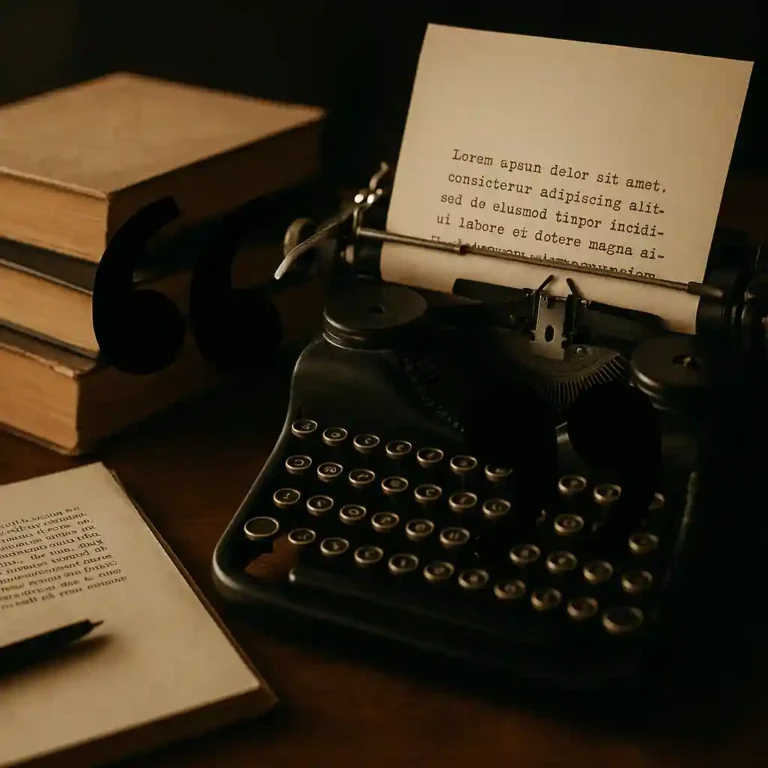Day 12: Practice the Elements of Fiction Lesson Plan
Today, we’re digging deeper into the elements of fiction by applying them to one of my favorite short stories: Eleven by Sandra Cisneros. This relatable and powerful story is perfect for showing how character, conflict, setting, and theme all come together to create meaning.
Here’s how the day is structured:
1. Silent Reading (15 minutes)
Students begin with quiet, independent reading. Encourage them to log an important detail from their novel to help build reading stamina and reflective practice.
2. Review the Elements of Fiction
Before diving into Eleven, review the core elements of fiction with your students. A quick recap could include:
Plot – the sequence of events in the story.
Character – the people (or beings) in the story, including protagonist and antagonist.
Setting – where and when the story takes place.
Conflict – the struggle between opposing forces, both internal and external.
Theme – the central idea or message of the story.
Point of View – the perspective from which the story is told.
Keep this section short and interactive—ask students for examples from their independent reading books.
Click here for the short story, Eleven.
Student worksheet
Teacher Answer Key
3. Read Eleven by Sandra Cisneros
As a class, read the short story Eleven. You can read it aloud together, assign volunteers, or have students read silently, depending on your class dynamic. Remind students to pay attention to how the narrator feels and how those emotions reveal important elements of fiction.
4. Worksheet: Elements of Fiction in Eleven
Hand out the Elements of Fiction worksheet for Eleven. Students will answer targeted questions that help them practice identifying plot, character, setting, conflict, point of view, and theme in the story.
Conclusion
Today’s lesson helps students move from knowing the elements of fiction to seeing how those elements work together to shape meaning. By exploring Eleven, students connect deeply with character emotions, recognize how conflict can reveal theme, and understand how perspective shapes a reader’s experience. This story becomes a meaningful bridge between terminology and real interpretation, strengthening both analytical thinking and emotional awareness as we continue building our foundation in literature.






